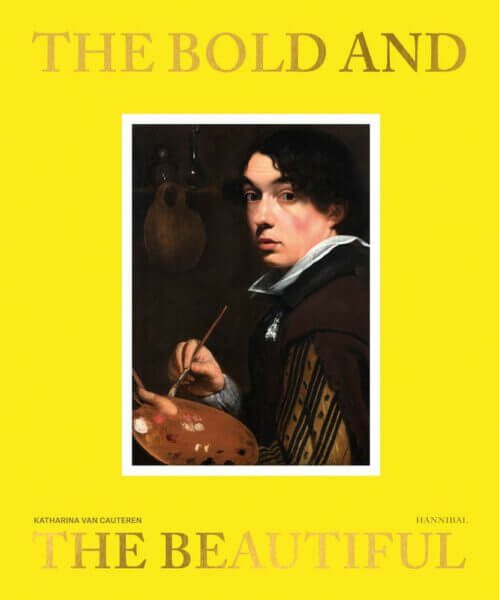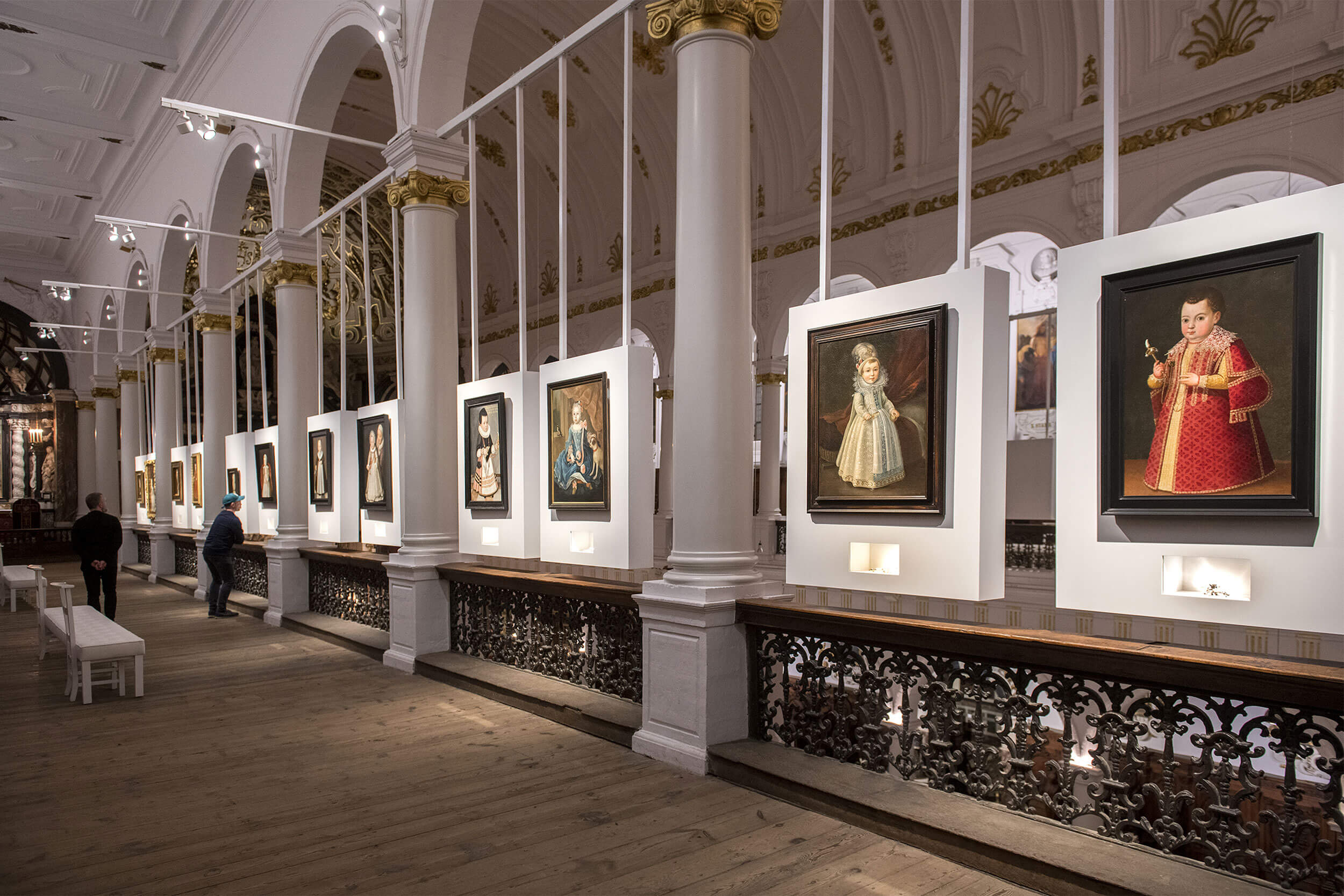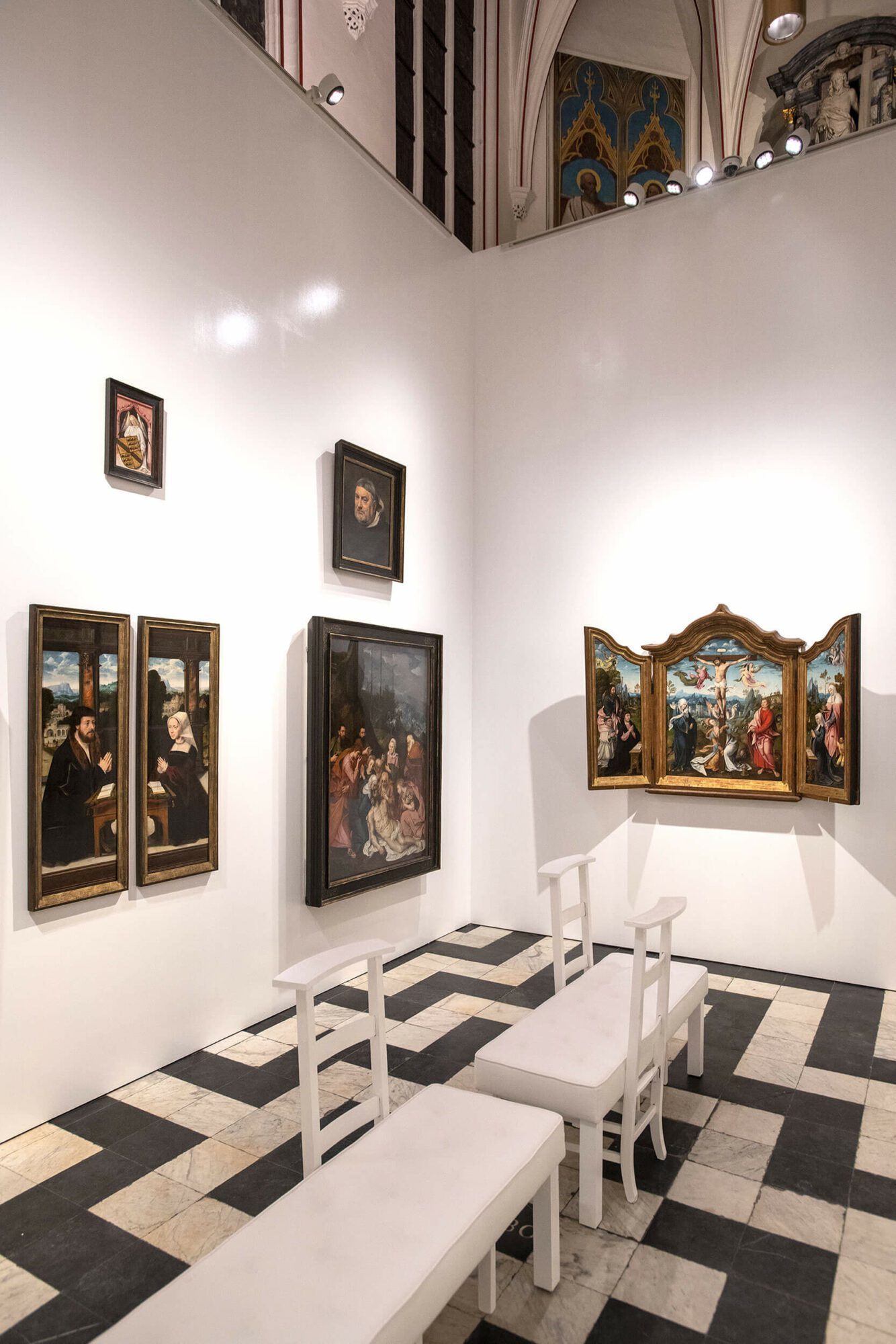The Bold and the Beautiful
In Flemish Portraits
The many portraits in The Phoebus Foundation collection from the Middle Ages to the early modern era formed the ideal starting point from which to tell the fascinating story of portrait art.
The historical Snyders&Rockox House Museum offered the perfect setting, in which visitors could admire the portraits in their natural habitat, in a surprising scenography by the celebrated Antwerp fashion designer Walter Van Beirendonck. The exhibition was hosted by the sixteenth-century Antwerp mayor and art collector Nicolas Rockox himself, and featured artists like Quinten Metsys, Frans Floris, Jan Van Hemessen,




Peter Paul Rubens, Anthony Van Dyck, Jan Cossiers and Jan Boeckhorst. A walking route through Antwerp took visitors to various historical locations, at which they could discover the different aspects of portrait art. The Keizerskapel (Emperor’s Chapel), located opposite the Snyders&Rockox House Museum, was the ideal setting in which to view medieval, religiously inspired portraits and triptychs with the likeness of their donors; Saint Charles Borromeo’s Church on Hendrik Conscienceplein was the place to see moving children’s portraits; and the Vleeshuis Museum demonstrated through the monumental paintings of Frans Snyders that early modern people were as keen on gastronomy as they were on fashion.